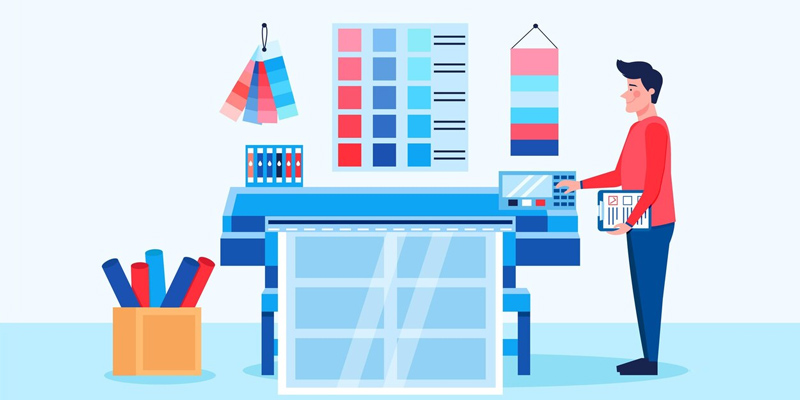Nifty Advertising Trends Guaranteed To Bring More Conversions In 2020

Feature Image Source: iStock/venimo
Are advertisements dead? Well, there came a time when adverts on television certainly annoyed people and newspapers ads didn’t exactly suggest the number of people who saw the ad and purchased the products. Businesses became desperate to find a way that is less intrusive and more relevant in order to showcase their branded products and services.
Thanks to the digital tools that provide budget-friendly advertising options, which can be targeting at different types of audiences across a variety of platforms. Technology has allowed businesses to create, share and track advertisements more successfully than they ever could with traditional means.
However, this opportunity has brought a lot of competition. Just like you, other businesses and brands are also competing to grab the attention of their target market. Here are the advertising trends you need to follow to remain on top of your industry. Take a look at the following advertising techniques to include in your 2020 marketing campaign
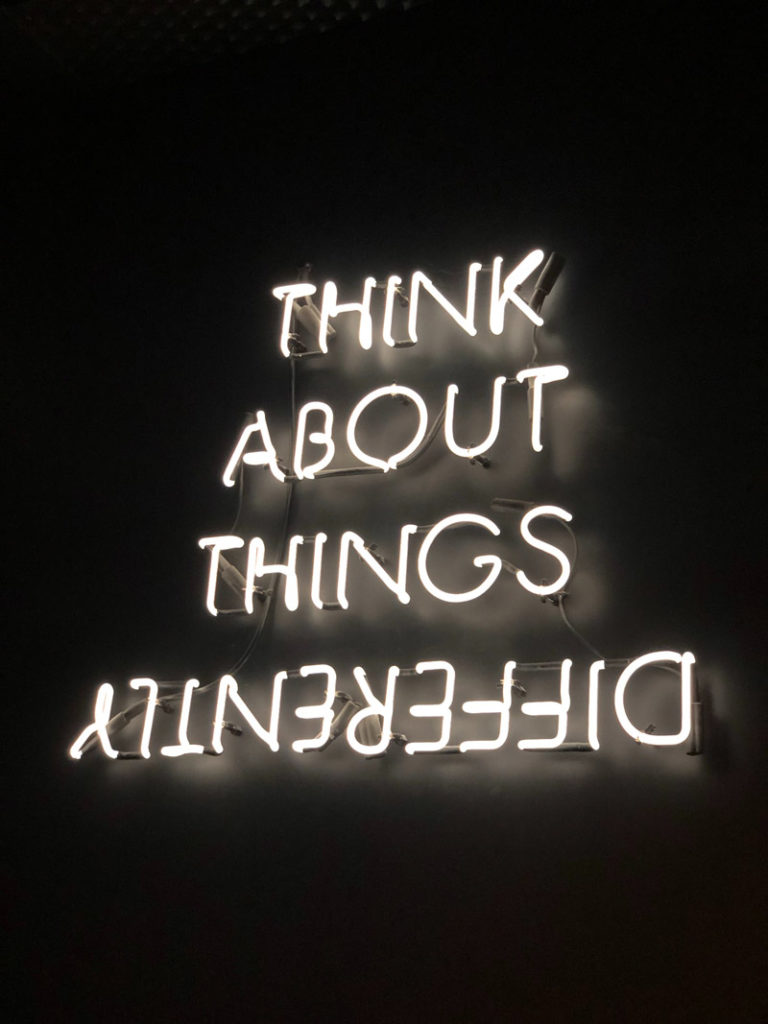
Image Source: Pexels/Ivan Bertolazzi
Rise in AR and VR Ads
Augmented reality (AR) and virtual reality (VR) are computer generated simulations that integrate the real world. The use of AR and VR is making waves in the marketing industry and it’s said to be the future of advertising.
AR is used to project images through your mobile camera to modify your existing surroundings. An example of AR are the animated filters in Snapchat and Instagram. Many reputable online advertisers have been using AR to promote brands through social media.
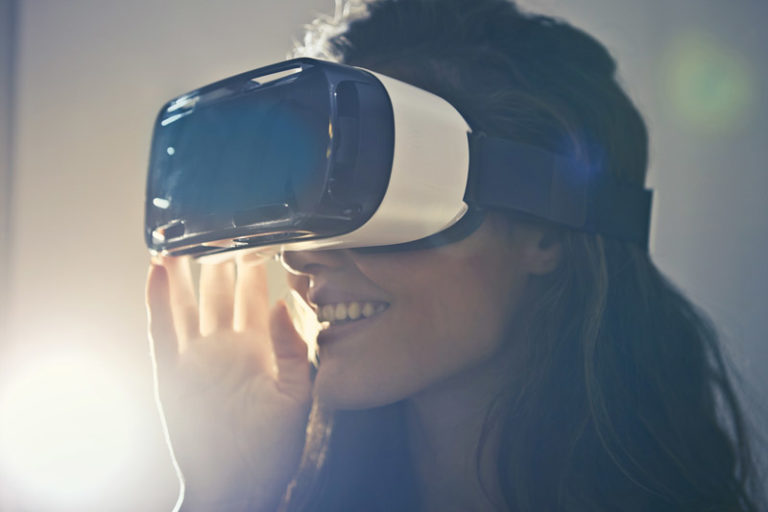
Image Source: Pexels/bruce mars
Here are a few advantages of AR advertising:
Interaction and Engagement
AR allows people to interact with your content rather than simply viewing it. People can use the augmented reality gear to engage with the computerized simulations.
Evoke Emotional Responses
Unlike any other form of visuals used for advertising, AR has a higher chance of evoking emotions because it is closer to reality than other forms.
Demonstrating Product Use
The AR simulation places products in front of users to give them a sense of what it would look like if they had the goods with them. Ikea has successfully used this technique to allow its customers to create personal spaces using their products.
Explore: Creeping Digital Technologies Innovating Interior Design
How Will AR Shape the Use of VR Advertising?
So if AR sparks such a positive response in consumers what will this mean for the future of VR? Both of them are trendy techniques. While AR gives advertisers the ability to interact with products to generate leads, VR helps them to create an alternate reality their customers will enjoy.
Both the technologies have the potential to conquer the advertising industry. In fact, they are being used in innovative trade shows as part of engaging audience and growing business. We have yet to see how businesses will take these two technologies a step further.
Mobile Ads and Why They Work
According to GSMA, there are over 5.13 billion people with internet-accessible mobile devices worldwide. More and more people around the world are using their mobile devices to look for information, shop online and read news articles. This means that if you start creating mobile ads for your brand you’ll have the potential of reaching a larger target audience.
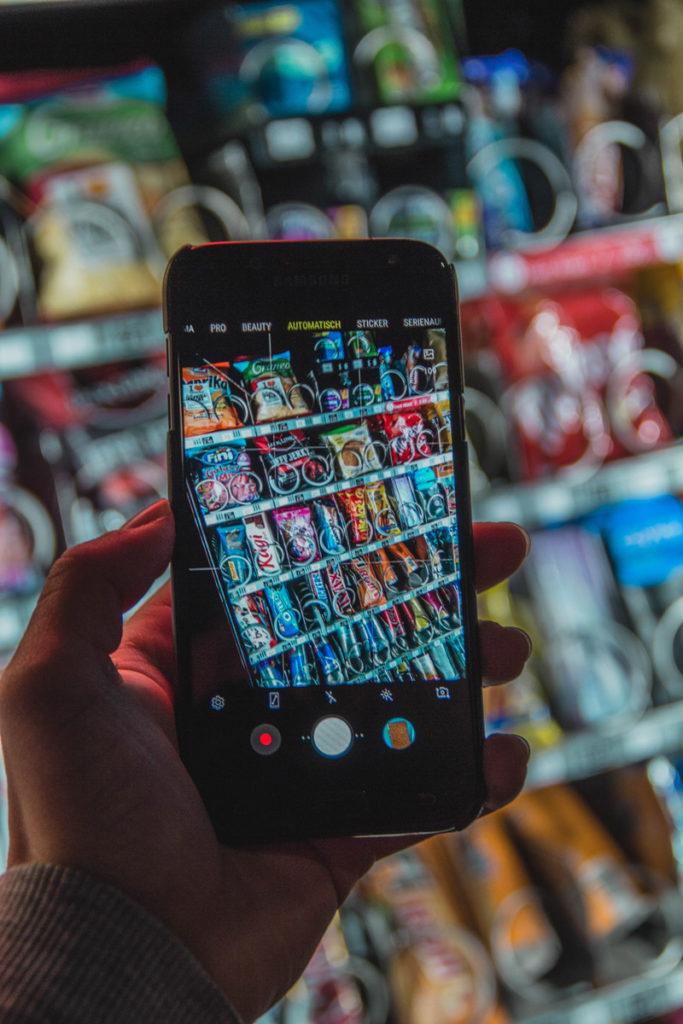
Image Source: Unsplash/Felipe Giacometti
How Do Mobile Ads Work?
You should place your mobile ads on sites that fit your niche. For example, if you’re in the tire industry, consider mobile spare shops, car dealership apps and mobile racing games. Targeting your audience this way will give you a higher click through rate.
Using platforms that fit your industry will ensure you direct the correct traffic to your home page, landing page or online store. Targeting a relevant audience increases your chances of securing sales since they’re already interested in your products and services. Here are various types of mobile advertising techniques you can use:
Mobile text messages
These messages are also called SMS and they’re sent to your target audience using written texts or images. You can provide links in the SMS to divert someone to your online landing page. Mobile numbers are collected through website subscriptions.
Pop up banners
These ads appear on the screen when people visit a website. You can use key phrases to grab someone’s attention or to spark intrigue in your brand. Make sure you add a call-to-action button in your web banner ads and link it to the respective landing page. Don’t miss the chance.
Ads in mobile games
This type of add is in the form of a small strip that appears in the top, bottom or left-hand corner of a mobile game. You can provide a link so people can be redirected to your website, video advert or online store.
Ads used inside mobile games are also called in-app advertising and it’s an excellent way to reach a bigger audience specific to your niche. Let’s go through in-app advertising more extensively in the next section.
In-App Advertising for Target Marketing
Studies show that people spend 90% of their browsing time using mobile apps while the other 10% is used to browse the internet via other means such as computers, visiting websites. So, wouldn’t it be more effective to advertise your brand through apps rather than websites?
As mentioned before it’s better to advertise on apps that are specific to your industry but there is an exception. Apps such as Twitter, Facebook, Instagram and YouTube are the ideal platforms to advertise on for almost any niche because you can reach your target audience more effectively.

Image Source: Pexels/Pixaba
The advantage of in-app advertising is it usually ensures higher click through rates. According to Mobile Marketer, the click through rate for in-app advertising is 58% whereas a website ad’s click through rate is an average of 23%.
In-app ads perform better than banner ads because they load faster and you can use thought provoking or actionable advertising key phrases to grab the user’s attention. Typically in-app ads are used to market flash sales, promotions and new content.
What are Facebook In-Stream Ads?
In-stream Facebook advertising was introduced to marketers in 2017 and it’s been a popular means of marketing a brand since its development.
Facebook understood that more people were watching longer videos on social media. That’s why the developers of Facebook gave marketers an opportunity to place video ads directly inside the videos people were watching.
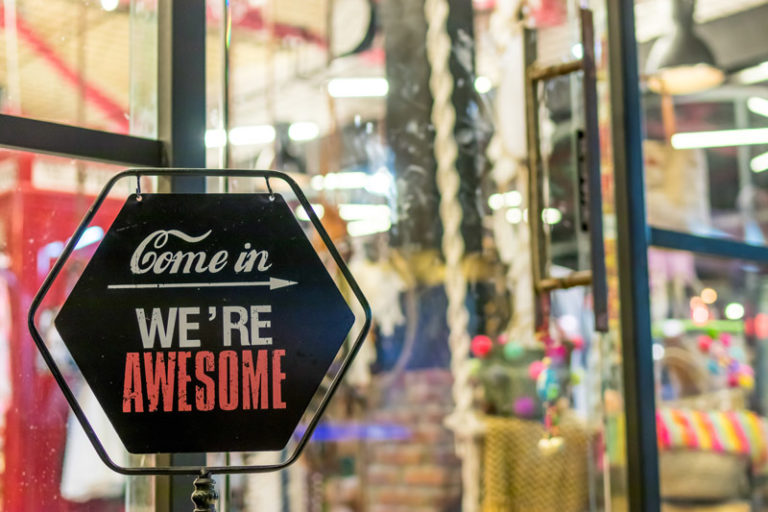
Image Source: Pexels/Artem Beliaikin
These ads pop up in the middle of a video or before the very end to direct the attention of the viewer to the ad. Unlike TV ads, 70% of in-stream Facebook advertisements are viewed to completion and they have a target rate of 89%.
In-stream video ads only appear on mobile apps and they’re mostly shown within 60 seconds of the initial video being viewed. When you create an in-stream Facebook ad you can select where you’d like your video to be seen within the content.
There’s also an automatic placement option that will deliver the in-stream ad to places where Facebook algorithms believe it will perform the best.
Explore: Brandspotlight on Facebook – From Social Networking to Business Monetization
In Shop Advertising for Related Products
In-shop advertising is promoting your brand inside a store. You have the option of combining traditional and digital advertising in one setting. Place banners, merchandise and digital screens to showcase your brand in the middle of a store where there’s high foot traffic.
For inspiration check out Amazon physical store locations. To provide customers with a seamless experience, you can use a number of innovative techniques for marketing in-store.

Image Source: Unsplash/Mike Petrucci
More Effective Advertising Techniques
1. Short Videos
Showcasing your brand in a short video is more effective because it sparks intrigue with the viewer. You utilize both visual and audio aspects to attract attention. Creating a short visual video of what your company can provide will increase your click-through rate.
It’s advised to keep the videos as short as possible so your ad can be memorable. Too much information can cause your audience to forget key aspects of what you’re promoting
Use in-stream Facebook video ads or place your content at the beginning of any YouTube video to direct traffic to your products and services. This is an excellent platform to offer your audience something of value in exchange for their details. Video content goes a long way, and you can use any of these video marketing trends to get your message across successfully.
2. Cinemagraphs
A cinemagraph is a hybrid of a photograph and a video. It requires no sound as it’s used to tell a short mesmerizing story. Top brands are using cinemagraphs to drive better results in their social media and marketing campaigns.
It’s a unique form of advertising that’s versatile and invokes a sense of mystery in order for a consumer to want to find out more about your brand.
Cinemagraphs can be used to showcase your company’s logo or to give your audience a small piece of information about a new product or service.
3. User Generated Content
User-generated content is developed by end-users on the internet. This can be in the form of videos, photographs, cinemagraphs, vectors and even blogs. It’s a budget friendly form of advertising as you can share the content on your social media pages to generate more audience engagement.
4. Animations
Creating an animated character to represent your brand could be more effective than having a live-action spokesperson. Using animations in your social media posts, blogs and videos improve share-ability over mobile and computer devices.
The reason why animation creates such a positive response is that it’s fun to watch. Animated content creates higher viewer engagements than traditional forms of advertising.
Using animated advertising is a way to include humor in your content that will keep viewers entertained. This will decrease the viewers’ compulsion to skip through your content. You want them to see your entire ad, right?
Animated advertising is short and clearly identifies key aspects of your brand so it remains memorable.
Creative animations will leave your viewers wanting more content so they will keep visiting your platforms to see what new and innovative ads you’ve created. This is an excellent way to boost word of mouth advertising as these videos will be talked about.
5. Interactive Advertising
Interactive advertising is using online or offline media to communicate with your audience. An example of interactive advertising is simply engaging with your audience by responding to comments they’ve written on your social media posts.
When people talk about your content on social media sites you should reply to their comments to keep the conversations going. This can increase your ranking on Google and other search engines as more people will connect to your content if you take the time to respond to them.
Interactive advertising fundamentally turns passive viewers into active participants by developing highly creative content that resonates with your audience. Other examples of interactive advertising are the following:
- Virtual reality ads
- Augmented reality
- Online quizzes
- QR scanning
6. Native Ads
Native ads match the function, form and design of the platform you’re advertising on. Facebook has a section where you can develop your own ad campaign for an affordable fee. You can schedule when you’d like these ads to be published and how you’d like them to be seen.
The native Facebook ad will have the same fonts, colors, borders and overall features. This is to keep the content consistent.
Facebook and Google algorithms can detect when adverts are untrustworthy and will filter these adverts so they can’t be viewed. An advantage of online native ads is that it will showcase your brand as a trusted company. All you have to do to do to ensure your content doesn’t get filtered out is to ensure you use quality content so it’s always share worthy. An increase in audience engagement will decrease native ad filtering.
Final Thoughts
Since augmented reality (AR) is on the rise in the marketing industry we think that top brands will be utilizing it more in the future. AR advertising creates interactive engagement which is an excellent method to create brand awareness.
But not all brands can use one type of advertising technique. Some brands will flourish using all of the advertising trends mentioned in this article and other companies will be successful using one or two in ad campaigns.
As an entrepreneur, you have to find out what advertising technique work for your brand and which ones you can do without. Simply put them all to the test to determine which advertising campaigns bring in more customers, user engagement and content sharing.
So which advertising technique will be the trend of 2020?


